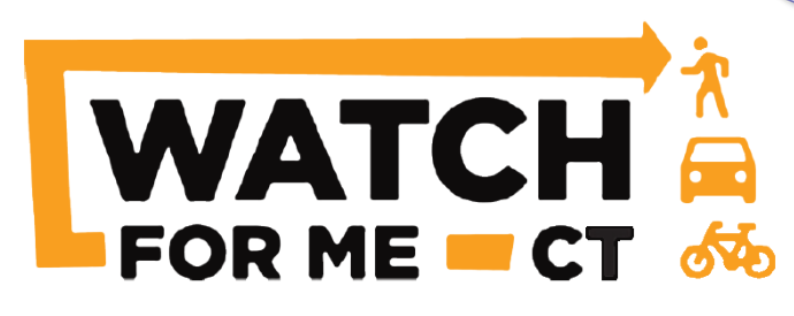Progress Cited on Integrating Pedestrian, Bicyclist Safety Into State Transportation Projects
/What comes next at the Department of Transportation was on the minds of more than 150 advocates and enthusiasts gathered for the Annual Meeting of Bike-Walk Connecticut at Central Connecticut State University in New Britain this past weekend. The fast-approaching close of the Malloy administration may also mean the end of the tenure of DOT Commissioner James Redeker, who has not only walked the walked, but rode the ride in “building and delivering a comprehensive pedestrian and bicycle program.”
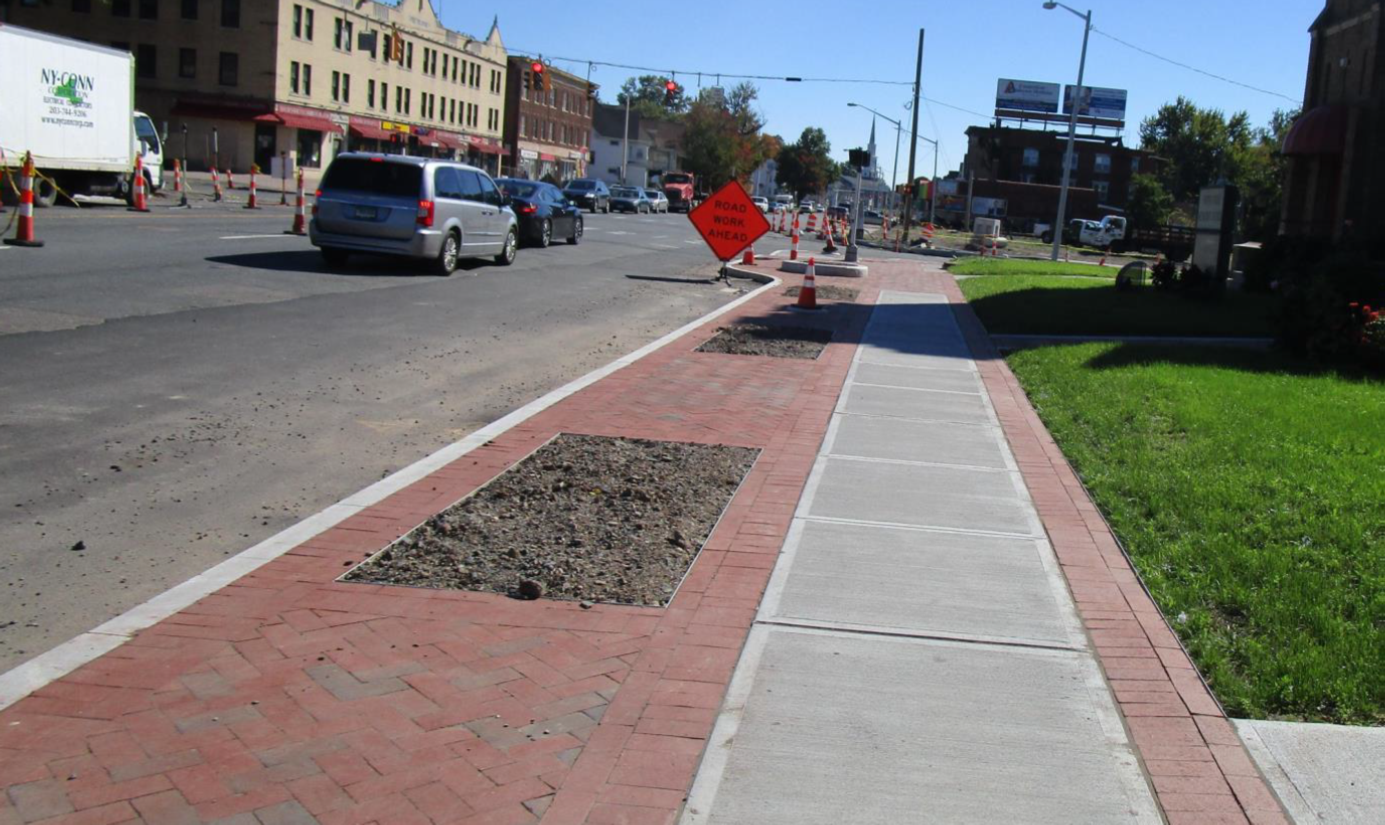 The accelerated change in attitude at DOT since Redeker took the helm in 2011 was evident in his being warmly introduced as a friend prior to his keynote address – not the adversary that previous vehicle-centric commissioners may have been. He went on to highlight the department’s work on state projects, and in concert with municipalities, that is steadily transforming Connecticut into a more pedestrian and bike-friendly state.
The accelerated change in attitude at DOT since Redeker took the helm in 2011 was evident in his being warmly introduced as a friend prior to his keynote address – not the adversary that previous vehicle-centric commissioners may have been. He went on to highlight the department’s work on state projects, and in concert with municipalities, that is steadily transforming Connecticut into a more pedestrian and bike-friendly state.
Redeker’s presentation demonstrated why. Among the highlights:
- Connecticut has or will be constructing 97 miles of multi-use trails along side road construction or reconstruction through 2021, and 35 miles of sidewalks accompanying road construction.
- A vendor-in-place resurfacing program has meant that 94 percent of roadways reconstructed have been restriped with wider shoulders, and roadway safety audits have been conducted on 145 miles of roadway and at 917 intersections.
- Enhanced pedestrian signage and pavement markets at uncontrolled crosswalks have been included in 1200 locations on state roads, with an additional 1500 locations planned for local roads in 2019. In addition 133 locations are planned for upgraded pedestrian controls at signalized intersections by 2020.
- 125 projects have been reviewed for Complete Streets design in 2017, with an additional 97 projects reviewed thus far in 2018. More than 80 Road Safety Audits have been conducted.
Driving the “absolutely amazing statistics” is a changed policy, Redeker said. Now, supporting “safe access for all users by providing a comprehensive, integrated, connected multi-modal network of transportation options” is ingrained at DOT. He noted that integrating trails is occurring regularly on major projects, with the goal of building a statewide trail system.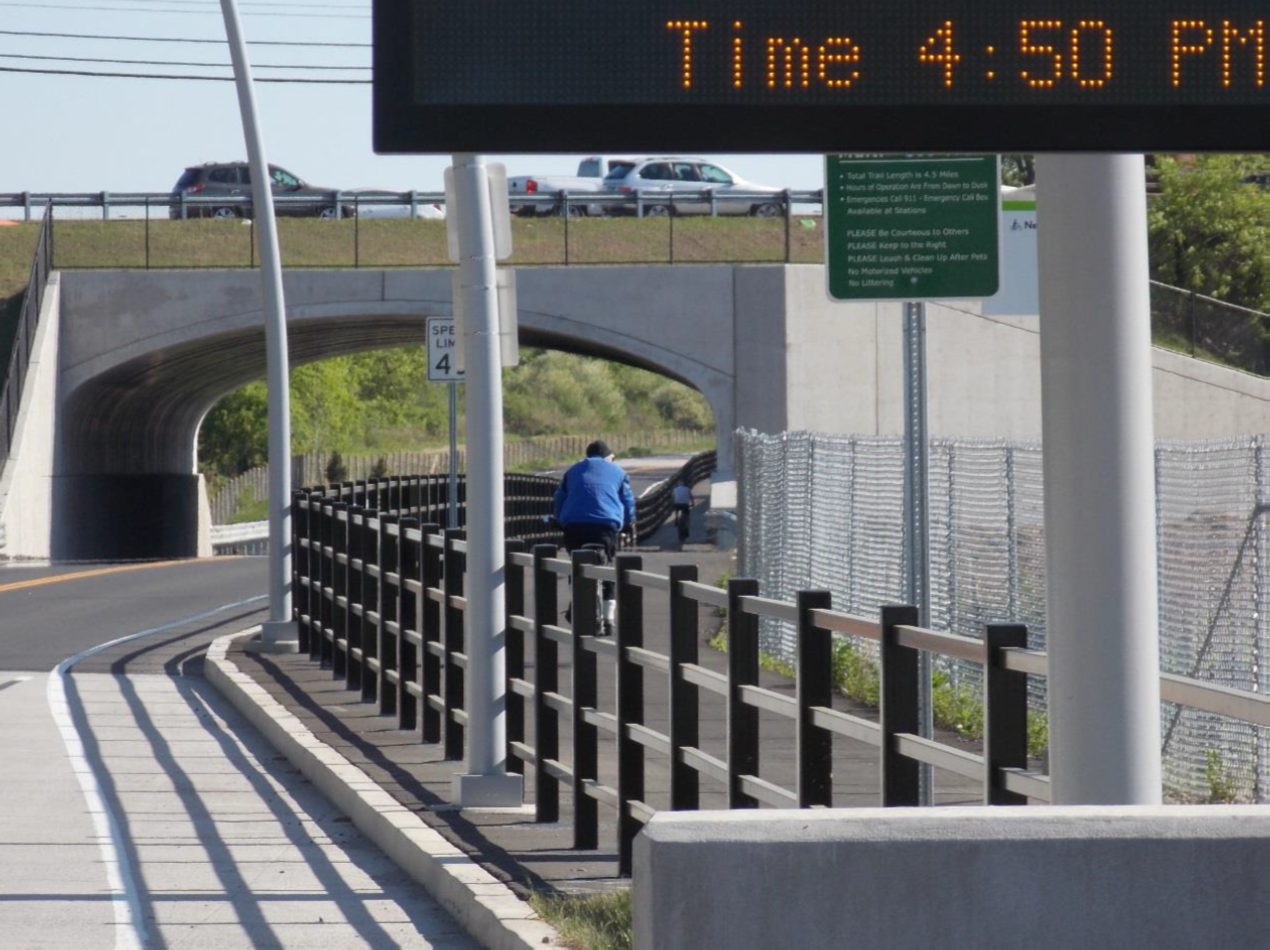
“Complete streets is now part of the DOT DNA,” Redeker explained. Responding to some who question the lack of such plans as part of the agency’s manual, Redeker cited the statistics, adding, “look at us for outcomes, not manuals.” The numbers – and the accomplishments - drew solid reviews in the room.
The agency’s Complete Streets program, established in 2014, established a new unit to review every project specifically for bicyclist and pedestrian needs, and requires project designers to evaluate and prepare a written assessment of pedestrian needs on every project. A standing committee was also formed to guide and implement policy and practices, Redeker pointed out.
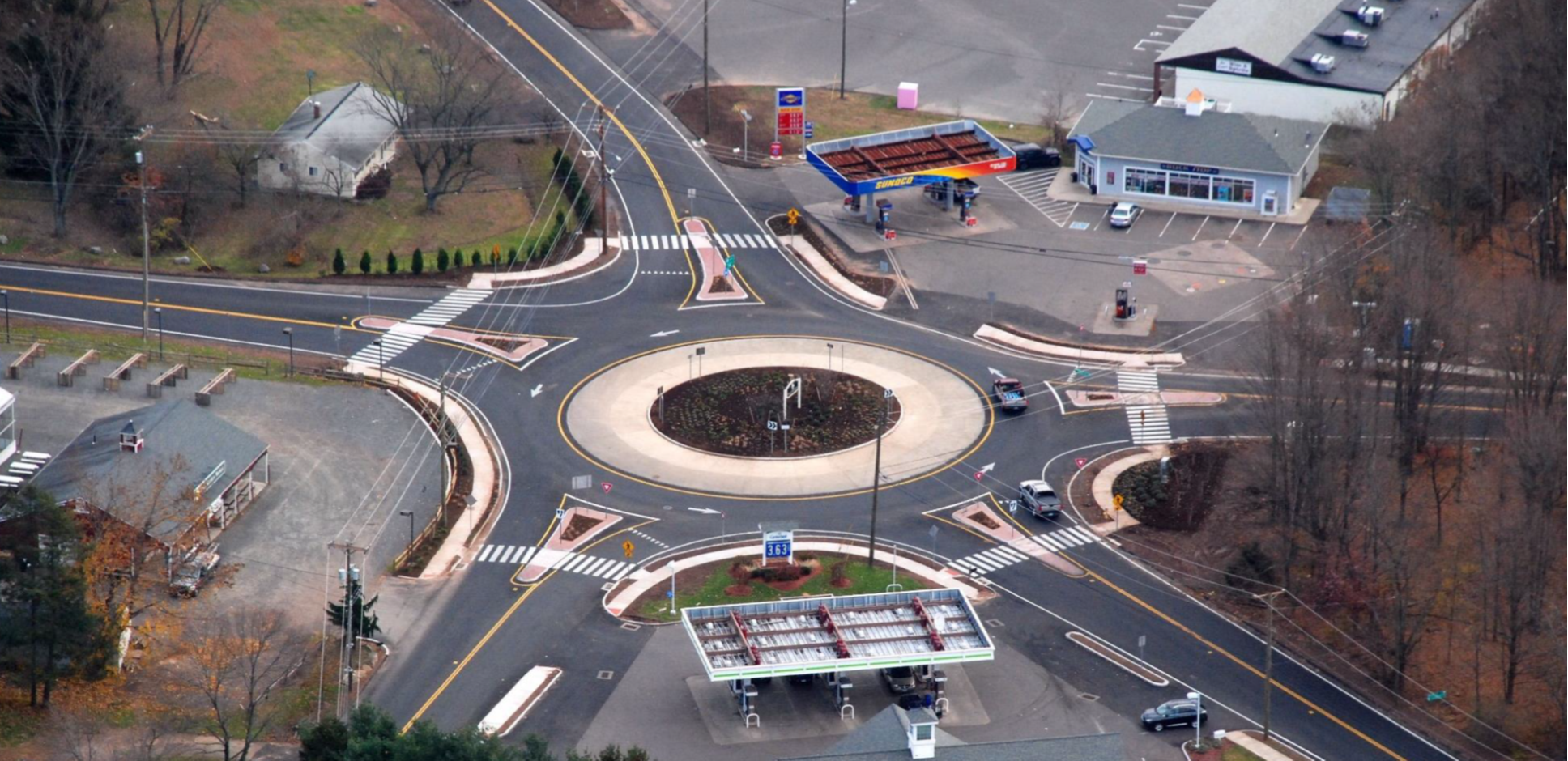
He noted that the changes are evident in large cities and small towns in Connecticut, from Hartford New Haven to Waterford and Washington. He also highlighted the introduction of roundabouts in Connecticut communities, including Monroe, Seymour and Ellington, and Community Connectivity Grants that have funded 40 small-scale local projects totaling $12 million, with another 40 to be requested for upcoming State Bond Commission agendas, with an estimated cost of $13.4 million.
Upgrades in school warning signs include the replacement of traditional yellow signage with fluorescent yellow-green to enhance visibility was completed in 2015. Pedestrian warning signs were replaced on state routes in 2017, and are on schedule to be upgraded on local routes in 2019 and include greater use of yield bars on pavement.
Upgrades in school wanting signs include the replacement of traditional yellow signage with fluorescent yellow-green to enhance visibility, and greater use of yield bars on pavement. Signs were replaced on state routes in 2017, and are on schedule to be upgraded on local routes in 2019. 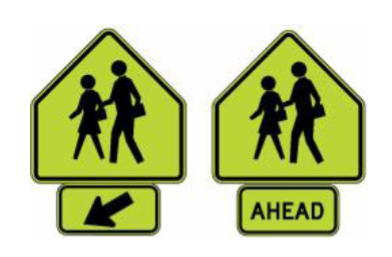
Traffic signals are also being replaced along state roadways, with “pedestrian safety our number one concern,” Redeker stressed. It is an extensive task. Connecticut has more traffic signals that exceed 30 years old, more than any other New England state and the 10th highest volume in the U.S.
Mention of the state’s “Watch For Me” campaign drew extended applause – the comprehensive initiative seeks to alert the public to the presence of pedestrians and bicyclists, to underscore the importance of assuring safety and police enforcement.


